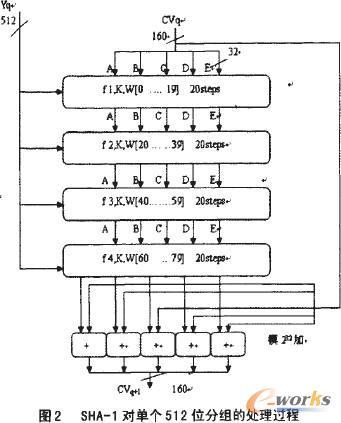On 2$^{nd}$ October 2012 the NIST (National Institute of Standards and Technology) in the United States of America announced the new hashing algorithm which will be adopted as standard from now on. Among a total of 73 candidates, the winner was Keccak, designed by a group of cryptographers from Belgium and Italy. The public selection of a new standard of cryptographic hash function SHA (Secure Hash Algorithm) took five years. Its object is to generate a hash a fixed size from a pattern with arbitrary length. The first selection on behalf of NIST on a standard of this family took place in 1993 when SHA-1 was chosen, which later on was replaced by SHA-2. This paper is focused on the analysis both from the point of view of security and the implementation of the Keccak function, which is the base of the new SHA-3 standard. In particular, an implementation in the mobile platform Android is presented here, providing the first known external library in this mobile operating system so that any developer could use the new standard hashing. Finally, the new standard in applications in the Internet of Things is analysed.
翻译:2012年10月2日,美国国家标准和技术研究所宣布了新的散列算法,从现在开始将采用这一算法作为标准。在73名候选人中,获奖者是比利时和意大利的一组密码学家设计的Keccak。公众选择新的加密散列函数SHA(Secure Hash Algorithm)标准用了五年时间。其目的是从任意长度的模式中产生一个固定大小的散列。第一次代表这个家庭的标准的NIST选择发生在1993年,当时选择了SHA-1,后来由SHA-2取代。本文侧重于从安全角度分析Keccak功能,这是新的SHA-3标准的基础。这里特别介绍了移动平台和机器人的落实情况,为这个移动操作系统提供了第一个已知的外部图书馆,以便任何开发者可以使用新的标准。最后,分析了互联网应用事物的新标准。



